
Top 12 SaaS Metrics: Defining The SaaS Company’s Success
The Software As A Service(SaaS) industry has earned massive traction in recent years, and it’s not unfair to say that it will continue to grow furthermore. As a result, the industry has gained tremendous popularity and has unexceptionally expanded in size.
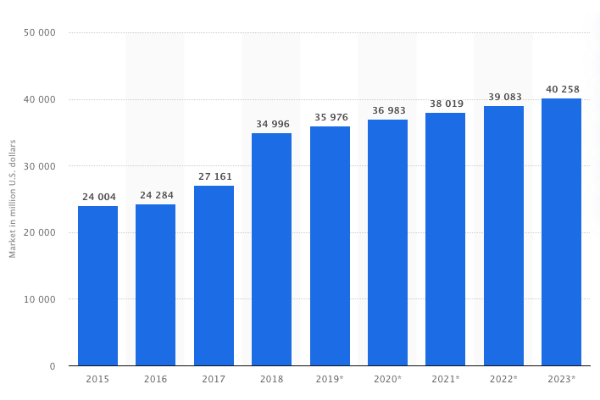
Image(Source)
The image shows the incredible growth of the SaaS industry with time. According to Zippia, the SaaS industry currently has an annual growth rate of 18%. However, one thing can be mentioned that it is going to increase in the upcoming time.
The SaaS industry has attracted numerous businesses, entrepreneurs, and even beginners in the market. That’s why a massive number of SaaS companies are founded every year. But it is not easy to make the SaaS company successful in a throat-cut competition.
Any business is not defined as successful by just its revenue; numerous factors measure its success. These factors are called growth metrics, determined by the business type and market. They help the business measure its growth over time, and future growth predictions can also be made through them.
What Are SaaS Metrics of Growth?
Growth metrics are standards set by any business/industry to measure its success and predict future growth. It helps a company to measure its success right from its beginning.
Growth metrics are set depending on the business’s current context, market competition, and development opportunities. Each company and industry is different from each other, so deciding which metrics draw an accurate picture is a critical thing.
Data insights are proven a very successful solution in determining business success. Businesses identify their strengths and weaknesses and build strategies accordingly. It can be a roadmap driving the company on a successful path. But first, it needs to be determined by which road to take(which things to be tracked).
Which SaaS Metrics Define Its Company’s Growth?
A SaaS company’s revenue model is entirely different from any others. Because there are not any lump sum payments, users pay the vendor in small increments in the context of subscriptions. So, defining success by just earnings is not a good solution at all, and tracking the progress can also be challenging.
Additionally, the customer churn can also be high as if any user didn’t meet the requirements with the product functionalities/services, he might discontinue subscribing to the plans. So, any SaaS provider needs to evaluate the success of its business model timely.
Below stated are some popular growth measuring standards that can be helpful to SaaS providers:
1. Customer Churn
The most influential metric is the customer churn rate for any SaaS vendor. Organizations rely on users, and they need to get the numbers of how many users quit the business after a specific period. That’s where the churn rate comes in. It is also called the attrition rate.
It helps to indicate the effectiveness of the company in a competitive market, customer dissatisfaction, better marketing ideas to remain competitive, strategy shifts, and failures.
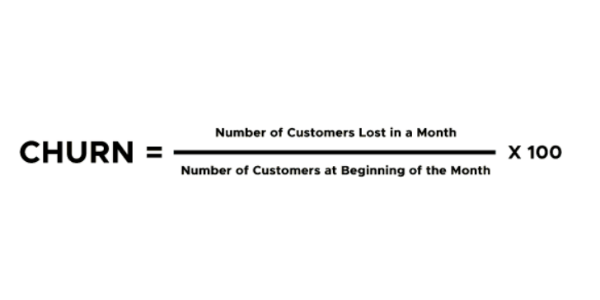
Usually, organizations measure churn rates monthly, quarterly, and annual basis. But it should not be just about user quantity; the company should also focus on quality by diving deeper into the data. For instance, it should identify the personas of the churned clients, their industries, or any other factors that led them to discontinue the subscription.
Some common churn rate ratios are set according to different industry types; however, they may vary from one company to another. Some percentage of churn is very common in every SaaS organization, but if it increases, then the worries of the top management will skyrocket.
2. Retention Rate
Another important factor determining the company’s sales achievements is customer retention rate. It also indicates the effectiveness of the company’s relations with its customers.
It goes without saying that the service/product a company is offering should build adequate brand value in customers’ minds. And customer support services should also be considered.
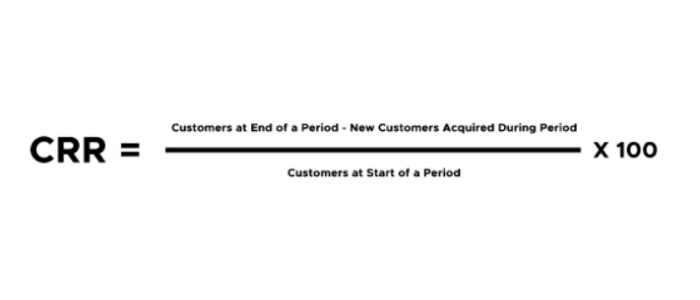
A good retention rate can be achieved by enhancing the onboarding process of new users with onboarding software. There is an increased risk of a client leaving the business in the beginning stage rather than at the mid-subscription or renewal time.
3. Monthly Recurring Revenue
Monthly recurring revenue(MRR) can be called a one number consisting of business income from all the sources. It shows the accuracy and results of day-to-day operations.
MRR can be called an overall monthly growth metric defining the success of all business efforts for its development. Usually, the organization’s sales head and top management use it to overlook where the business is going and what changes need to be made.
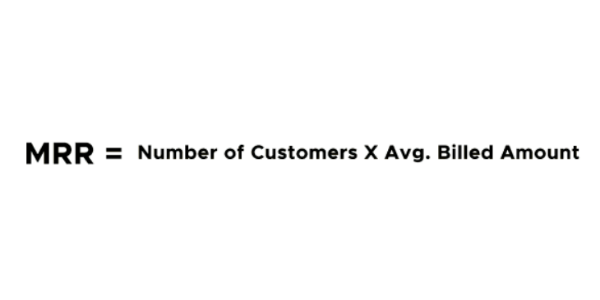
MRR helps the SaaS vendor to frame strategies accordingly and set targets.
Also read : Best SaaS Blogs Every SaaS Business Owner Must Follow
4. Annual Recurring Revenue
Similar to MRR, annual recurring revenue(ARR) provides a yearly growth overview to a company’s top management. But if the vendor is running only monthly subscriptions, then MRR would be a better choice.
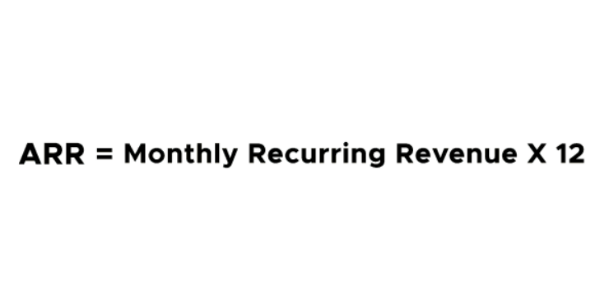
ARR helps the company forecast the annual revenue at the mid-year based on MRR. So, the budget of different departments can be set, and finances can be handled accordingly.
5. Average Revenue Per User
The average revenue per user(ARPU) is nothing but just an average payment that the provider receives from subscribers. Therefore, it is also called average revenue per account(ARPA).
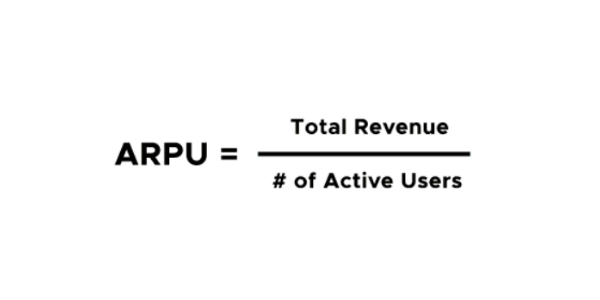
To get an accurate amount of ARPU, the organization should measure it for existing and new customers separately. A company can get a good MRR/ARR not just by acquiring more and more users but also it can do it by focusing on ARPU as it directly correlates with MRR.
6. Net Promoter Score
A SaaS company is always required to measure its customer satisfaction and loyalty due to constantly increasing competition. Net promoter score(NPS) handles that aspect by calculating survey scores. In addition, customer feedback and ratings are also considered.
NPS is also helpful in gaining insights into what users think of the products after some change or update. It helps to check whether the change positively impacts customers or not. And it also shows what amount of customers who recommend the product to others.
Unlike the financial metrics mentioned above, NPS gives the SaaS provider a qualitative measurement of how their product is doing in the market. And one can also identify reasons behind customer dissatisfaction.
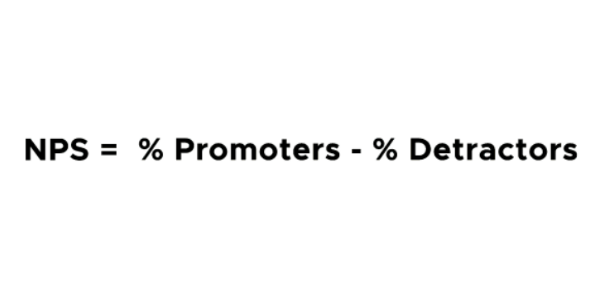
NPS is usually based on ratings given by customers scaling between 0 to 10. Respondents are classified into three categories:
- Detractors
– The customer’s rating is between 0 to 6.
- Passives
– The customer’s rating is 7 or 8.
- Promoters
– The customer’s rating is 9 or 10.
7. Active Users
Active users are a determining factor when comparing two SaaS companies. When comparing two SaaS providers, people always consider which company has more active users. So, it reflects an overall image of the business in customers’ minds.
Not just the customers but active users are also a helpful metric for the top management and product managers. The top management can measure how well their product fits in the market, and product managers can identify critical areas to make changes.
Active users are categorized on a daily, weekly, and monthly basis. And free trials and free plans are excluded from this metric.
8. Customer Acquisition Cost
Customer acquisition expenses are the monetary efforts an organization makes to gain new clients. It includes promotions, marketing & advertising, and personnel costs. Therefore, CAC should be a priority for startups.
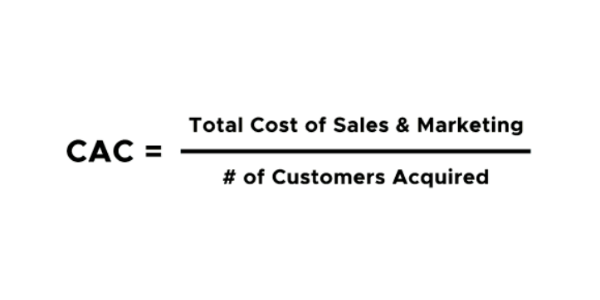
CAC associates directly with the profitability of the business model. To make the SaaS business viable, the company should be gaining from the clients more than it spends to acquire them.
9. Conversion Rate
The conversion rate is the number of leads that later convert into paid customers. It is directly integrated with MRR and ARR, so vendors always focus on increasing it.
The conversion rate is helpful for the sales department of an organization to measure its effectiveness and success. However, the conversions often depend on lead quality. But sales models differ from one organization to another, so their perspectives on gaining conversions may vary. For example, some may want visitors to sign up for free trials and subscriptions, while some might focus on enterprise-level demos and direct sales.
10. Customer Lifetime Value
The average amount consumers pay to the business during their deal with the company is called customer lifetime value. It shows SaaS providers a compelling portrayal of business progress. In addition, it assists the top management in making critical conclusions.

Lifetime value(LTV) can be measured simply by dividing the APRU(average revenue per user) with the churn rate.
CLV helps to build customer engagement strategies and defines the effectiveness of all organization departments because every department is somehow involved in impacting CLV.
On the practical business ground, customer lifetime value should be much greater than CAC for the company to stay profitable in the long run.
11. Qualified Marketing Traffic
For a SaaS business, only constantly increasing site traffic isn’t enough. Instead, it needs quality traffic that generates more leads and then more conversions. Only then can the company’s marketing costs be proven to be worth it.
Driving qualified traffic allows a business to fill up the top of its sales funnel. In addition, traffic and lead generation rates through it give an essential understanding of how effective the company’s marketing practices are. Traffic contributes significantly to lead generation and the company’s ARR and MRR. So, almost every SaaS provider tends to focus on it.
12. Customer Engagement Score
Another qualitative growth metric like NPS is the customer engagement score. While NPS focuses on measuring the likelihood of customers recommending the company’s products to others, the customer engagement score concentrates on measuring how well they are engaged with the business.
Every company calculates its engagement score differently. It includes measuring customer happiness and longevity. In addition, different inputs determine the engagement score, such as- How frequently the customers use the product? Do the customers attend all webinars/events organized by the business? After defining the inputs, a certain weightage is given to each input, and the customer engagement score is measured.
Importance Of SaaS Metrics of Growth
SaaS metrics of growth are indeed an essential way to measure the success of business efforts. It provides the necessary data that helps organizations understand how well they are doing and what changes they should make.
Every SaaS provider relies on future income, so it is crucial for them to retain clients because the revenue from subscriptions is spread across a large period. Growth metrics help the top management identify the strengths and weaknesses of the business model. So, the customer retention rate can be increased, and future income can be secured.
The growth metrics define the effectiveness of the business efforts. It doesn’t just show the success of a single department or campaign; instead, it presents the overall efficiency so necessary decisions can be taken, and future predictions can be made.
Financial, organizational, technical, and every other business function is covered in the growth metrics, so the company can achieve its goals by just improving the score of these metrics.
The SaaS providers can make decisions on allocating financial resources to different activities according to their accuracy. They can quickly identify if any changes are needed in the financial structure of the company or if any changes in a particular budget should be made.
Metrics show the results of different activities and efforts of the business. The effectiveness of a particular department or team can be identified, and strategies can be made consideringly.
And the essential part is that metrics show what the customers think about the product. Customer feedback helps the organization identify the technical changes that should be made in their product so that a better user experience can be delivered. So, it has to be mentioned that data gathered by growth metrics can fuel business success.
Bottom Line
Across these metrics, it is vital not just to calculate them but also to check their accuracy and consistency. Some organizations may manage these figures manually and ultimately lose accuracy.
Increased competition has pushed SaaS providers to move towards a data-driven culture, so growth metrics are getting emphasized more and more. As a result, companies make their data strategy to drive business success.




